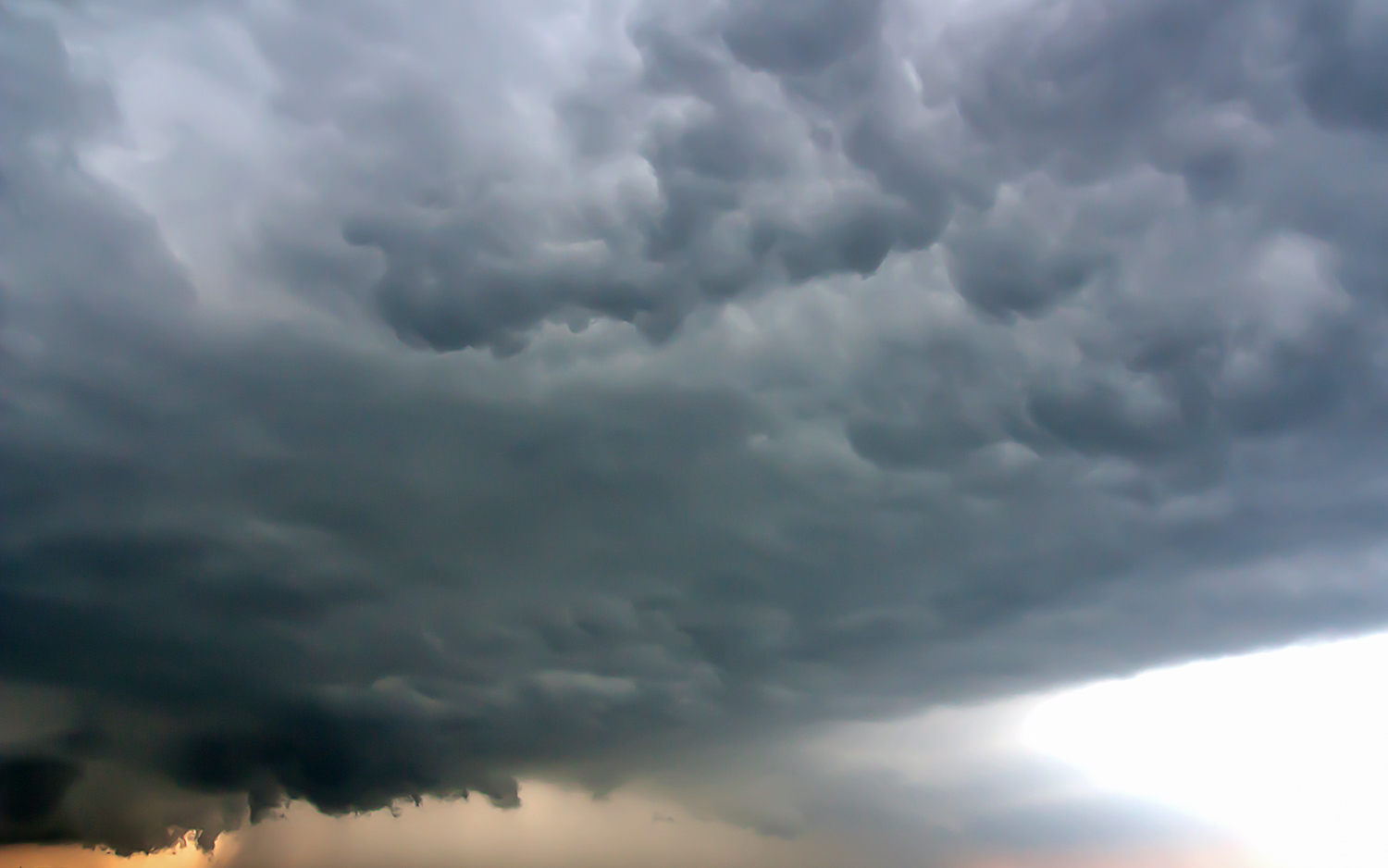2 Tornadoes Drop in on Fort Lauderdale in Just One Day

Two weak tornadoes touched down in Fort Lauderdale, Florida, on Tuesday (April 10), damaging property, tearing up trees and scattering debris across the city's downtown as well as the Fort Lauderdale-Hollywood International Airport south of the city, the National Weather Service (NWS) reported.
No casualties associated with the tornadoes have been reported. One homeowner fled her residence when a fallen tree destroyed part of her roof, and a flood of rainwater poured into her home, according to the local news station WSVN Miami. The Red Cross is helping the woman relocate, the news station said.
Both tornadoes were classified as EF0, which is the weakest classification on the Enhanced Fujita intensity scale for tornadoes and pertains to sustained gales of 65 to 85 mph (105 to 137 km/h). [Photos: Tornado Damage Scales in Images]
According to the NWS, the first tornado blew through downtown Fort Lauderdale between 3:34 p.m. and 3:58 p.m. local time with peak winds of 65 mph. A second, stronger tornado formed near the airport around 4:25 p.m., and blew for 10 minutes with winds reaching 84 mph. This second tornado toppled shipping containers and delayed flights.
A severe thunderstorm warning was in effect until about 5 p.m. local time, but the NWS didn't catch wind of the tornadoes until residents started sharing videos of the dark clouds swirling over the city via social media.
As Live Science previously reported, tornadoes generally form in the United States every spring and summer when warm, moist air blows north through the Gulf of Mexico and collides with the cold, dry air blowing south from Canada. When the two fronts meet, the cold air can form a kind of ceiling over the rising warm air, forcing the warm air to rotate in place instead of rising higher. More warm air rises throughout the day as the sun heats the ground until, finally, it breaks through the ceiling and pushes the cold air beneath it. The resulting column of wind can span up to 10 miles wide and whirl at more than 200 mph (322 km/h).
An average of 1,000 tornadoes are reported in the U.S. each year, according to the National Climatic Data Center, resulting in 80 deaths and 1,500 injuries.
Sign up for the Live Science daily newsletter now
Get the world’s most fascinating discoveries delivered straight to your inbox.
Originally published on Live Science.

Brandon is the space/physics editor at Live Science. His writing has appeared in The Washington Post, Reader's Digest, CBS.com, the Richard Dawkins Foundation website and other outlets. He holds a bachelor's degree in creative writing from the University of Arizona, with minors in journalism and media arts. He enjoys writing most about space, geoscience and the mysteries of the universe.










